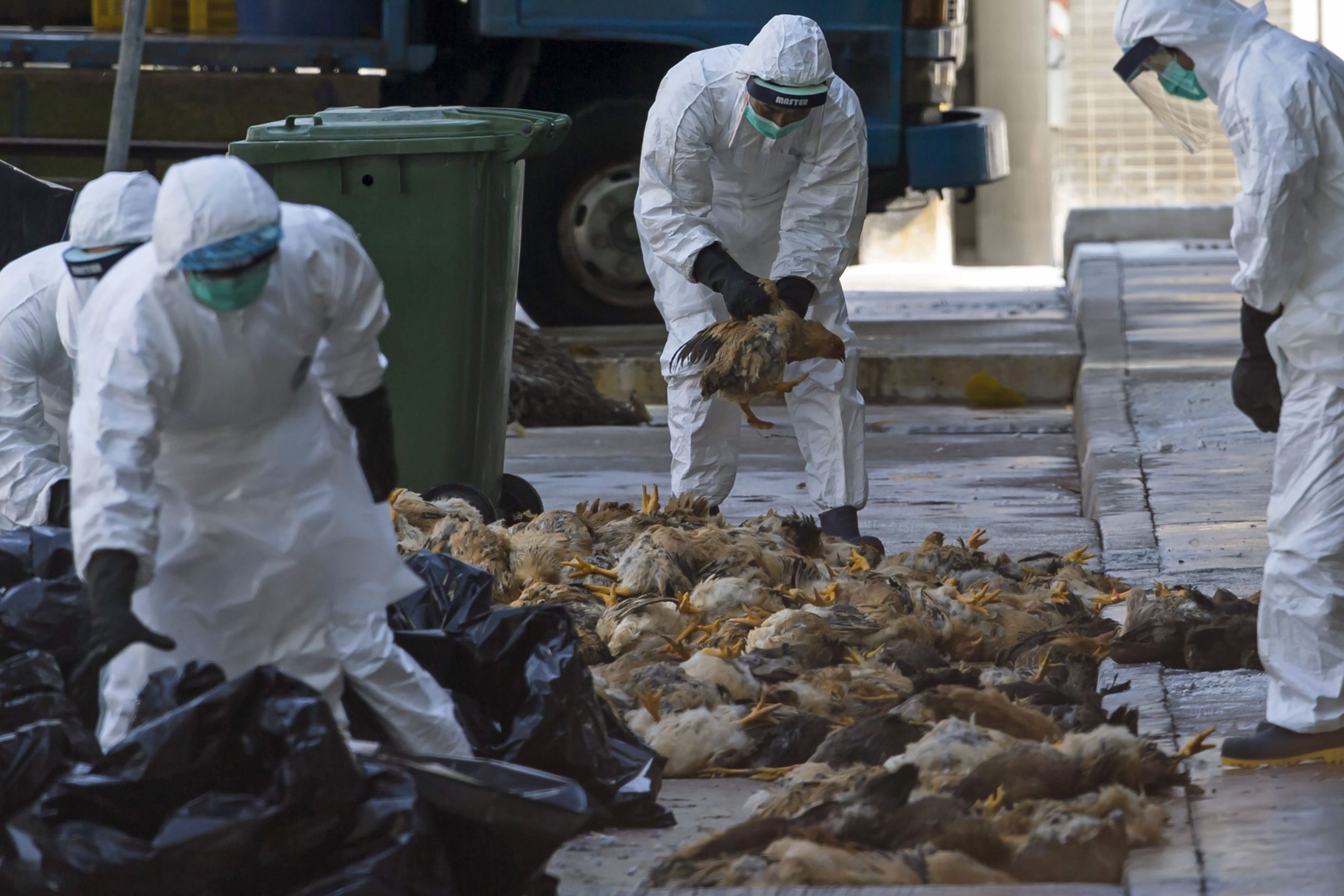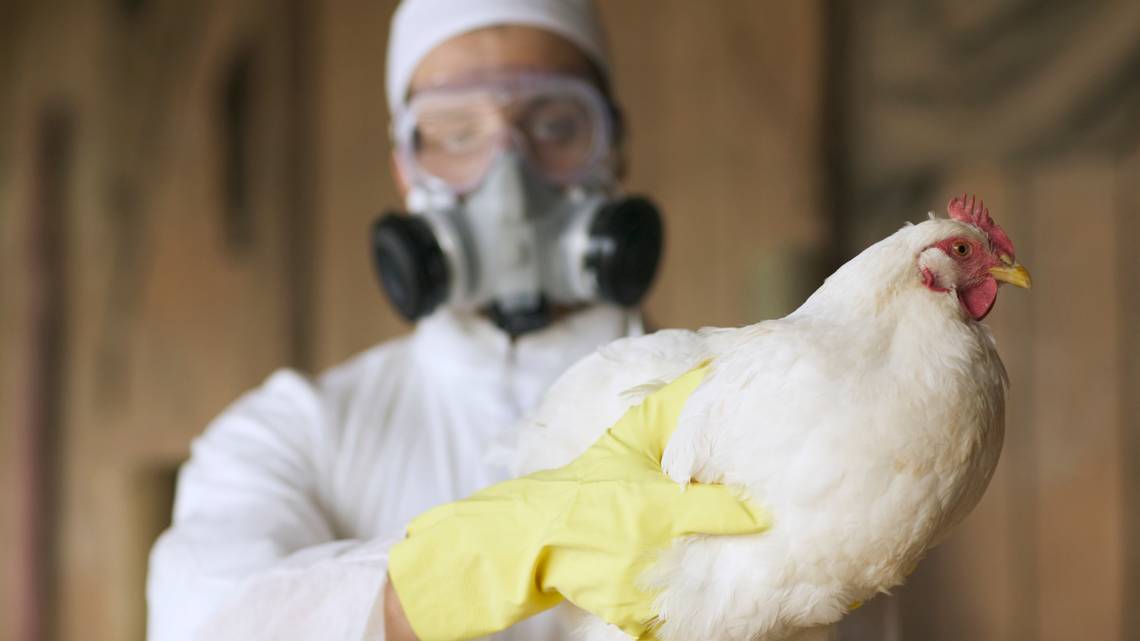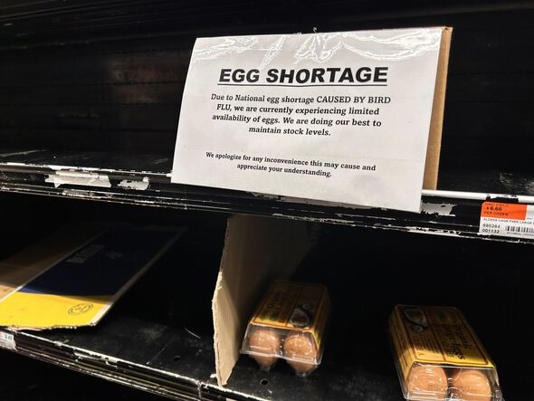Its Back

Its Back

WASHINGTON (AP) — Bird flu has devastated poultry and dairy farms, and sent the price of eggs soaring in the United States since it was first detected in North America in late 2021. But what has been the toll on wild birds? More than 170 species of North American wild birds – including ducks, geese, gulls, owls, eagles and others – have been infected with bird flu.
Take precautions around sick or dead wild birds, experts recommend. But you can keep your bird feeder up. Despite the spread in birds and other wild animals, scientists say the threat to the general population is currently low.
More than 12,000 individual birds have tested positive since the virus began spreading, according to the U.S. Agriculture Department. The count is a “gross underestimate” because most dead birds are never taken to a lab for testing, said Bryan Richards at the U.S. Geological Survey’s National Wildlife Health Center in in Madison, Wisconsin.What does the bird flu outbreak mean for backyard bird feeders? AP correspondent Jennifer King reports. Dabbling ducks, such as mallards and blue-winged teal, can carry the virus with few symptoms because “these viruses co-evolved in waterfowl,” said Richards. But ducks can also shed the virus in their feces or saliva, sometimes infecting other birds or mammals like foxes.
Birds without natural immunity that migrate or roost together in large flocks, such as geese, are most likely to die in large numbers. A recent bird flu outbreak among migratory eared grebes in Utah killed between 15,000 and 25,000 birds near Great Salt Lake, state wildlife officials said in early February.Seabirds, which tend to roost in large numbers, are also highly impacted. Songbirds such as Northern cardinals, blue jays or chickadees — the kind of birds that might visit bird feeders — can also become infected and die, but their populations appear to fare better since they don’t gather closely in large groups where the virus could spread, said Michael J. Parr, president of the American Bird Conservancy.
Symptoms vary, but may include lack of coordination, inability to fly and respiratory distress. “If people see a wild bird acting weird, the best thing they can do is call their local wildlife rehabilitator” and avoid handling it directly, said Dr. Dana Franzen-Klein, a veterinarian and medical director at the University of Minnesota’s Raptor Center.If you must handle an infected bird, it’s best to wear gloves and a mask as a precaution. Experts say bird feeders are generally safe and aren’t a notable source of spreading bird flu. But if you also keep backyard chickens, Parr of the American Bird Conservancy recommends taking the bird feeder down to prevent possible transmission to poultry. Birdfeeders and nesting boxes should also be cleaned regularly.The risk of spread to people from bird feeders “is very, very low,” he said. In the case of critically endangered California condors, scientists organized a vaccination program after some birds became infected. But that’s not a realistic option for most wild bird species. Instead, experts recommend giving wild birds the best chance by taking other steps to protect habitats and reduce various risks that species face, such as exposure to pesticides or lead ammo. Bald eagles, which are federally protected but no longer endangered, are scavengers that will eat dead animals. “That first year, we lost a lot of eagles” likely from bald eagles eating infected ducks or bringing them to their nests, said Richards. Scientists also documented an unusually high number of eagle chicks that didn’t survive into adulthood during the first breeding season after the virus appeared in North America, likely because the chicks got the virus or sick parents weren’t able to adequately feed and care for them. But over time, the number of confirmed infections in eagles nationwide has declined from 427 in 2022 to 48 last year. That may mean that eagles that survived the first year now have some acquired immunity, said Franzen-Klein. This past migration season, researchers counted a record number of bald eagles migrating through northern Minnesota.

A United Nations health agency has called the spread of H5N1 bird flu “unprecedented” and called on world leaders to coordinate a global response. On Monday, the U.N.’s Food and Agriculture Organization cited hundreds of millions of poultry lost around the world as concern rises among health experts over the spread of the H5N1 bird flu and its spillover into other mammals, including cows. Godfrey Magwenzi, deputy director-general of FAO, said that the growing health crisis has a “serious impact on food security and food supply in countries, including loss of valuable nutrition, rural jobs and income, shocks to local economies, and, of course, increasing costs to consumers.” He noted a major shift in the last four years in its geographic spread, with at least 300 new wild bird species since 2021 afflicted with bird flu, which pose “a serious threat to biodiversity.”
The United States has recorded about 70 bird flu cases of bird flu in poultry and cattle, according to the U.S. Centers for Disease Control and Prevention. In addition, health officials have called for urgent action to strengthen biosecurity, surveillance and “rapid-response mechanisms” to curb the outbreak. Meanwhile, the Trump administration has scrambled to rehire federal employees working on the U.S. government’s bird flu response after they fell victim to mass firings by the administration and billionaire Elon Musk’s Department of Government Efficiency. “A chain is only as strong as its weakest link,” said FAO Deputy Director-General Beth Bechdol, as she called for a coordinated global response. “By working together, we can reduce the impact of avian influenza and protect both animal and human health — locally and globally.” Last month, the U.S. Department of Agriculture released its plan to invest $1 billion to stop the spread and hopefully reduce the rising price of eggs. Some restaurants have begun to charge a surcharge on egg dishes to cover the added cost.
Experts from Yale University have uncovered a new, concerning condition linked to the COVID-19 vaccines. Dubbed “Post-Vaccination Syndrome” (PVS), it not only comes with a host of uncomfortable symptoms—but it also causes persistent biological changes years after injection.
Not only that, the scientists also identified a troubling connection between PVS and the reactivation of a virus known as Epstein-Barr, a dormant agent that resides in most people and causes flu-like symptoms.
“This work is still in its early stages, and we need to validate these findings,” Dr. Akiko Iwasaki, the study’s author, said. “But this is giving us some hope that there may be something that we can use to treat PVS down the road.”
While the study has not been publishedin its entirety, its initial findings have been enough to scare and anger netizens.
“I can’t believe they forced us to take the shot without fully understanding its long-term effects,” one user wrote.
A newer strain of H5N1 bird flu has spread to six dairy herds in Nevada, according to the state’s Department of Agriculture.
The new strain, D1.1, has been connected to serious infections in humans, though it is different from the strain, B3.13, that has been detected in other dairy herds throughout the country.
The newer strain – D1.1 – was first detected in birds and people who came in contact with infected birds. According to the CDC, around 957 dairy herds and more than 153 million poultry have been affected by types of bird flu in the United States. The virus has led to an egg shortage and higher prices for the grocery staple. Both the senior who died in January in Louisiana and the teenager in Canada who was hospitalized last fall were infected with the strain detected at the Nevada cattle farms.
The strain has also been detected in farm workers in Washington state who have culled infected poultry, though their symptoms were mild.
“If the virus were to mutate and gain the ability to efficiently spread from person to person, then this could result in a large outbreak or even a global pandemic,” she said.
